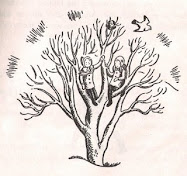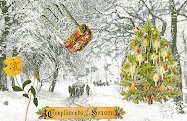





Daughter Number Three drove to Mel Schettl's Freight Sales at Butte des Morts (Hill of the Dead), near Oshgosh, Wisconsin. She sent out a web post with the photos here, of some of the wild things available at Mel's. You'll find this description at RoadsideAmerica.com:
Mel Schettl opened his home improvement business here in 1973. The property that surrounds the building is littered with hundreds of larger-than-life statues: a moose, a bull, a bulldog; King Kong, Bugs Bunny; dinosaurs, mythological creatures; and weird metal sculptures like a robot stegosaurus and a shark on wheels.
"It's something that's just kinda grown," says Mel. "We don't build the stuff. We consign with different artists to build it for us -- fiberglass, steel, glass -- over 200 sculptures so far. Anything to get attention, I guess."
Visitors recommend stopping by at night to better appreciate the creepiness of the place. Says Mel: "Beauty is in the eye of the beholder."
Mel's is an "out-of-mall experience," where you can purchase everything from that large metal dino to close-out kitchen cabinets, a giant fiberglass statue of Michael Jordan, cherry pickers, trailers, military practice bombs – sort of an a(ctual)-bay for random acts of imagination, in two locations. There are Cowboy Days and flea markets, too: it's a genuine amusement park, without the entrance fee. The branding is a little quirky: does the name – Mel Schettl Sales, or Mel Schettl Freight Service – really communicate what the heck this is? Hell, it's Mel!
Which came first, Mel Schettl (from a shtetl?), or kitschy Wisconsin? Is this the origin of those sculptural oddities you see along Interstate 90 around the Wisconsin Dells: the giant moose, the jumbo carp, the gargantuan chunks of fiberglass cheese? And where do people go to learn how to make this stuff? There's a Mel's Flickr stream, too.
I find it interesting that Mel doesn't just buy stuff: he actually commissions and consigns those sculptures, for sale or rent: here's an outlet, perhaps, for out-of-work set designers. He calls his business a "fiberglass petting zoo" but specifies that it's actually a home improvement center. Not a minimalist, Mel, or immaculate gallery owner. If you are in the market for kitchen fixtures, a trip to Mel's would be so much more interesting than Menards. Thanks for the Americana off-road tour to this hill of ghosts and phantasmagoria, DN3!




































































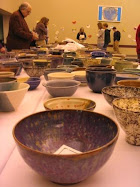
































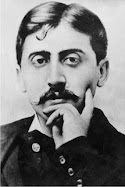






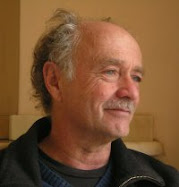











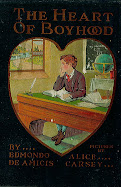


























































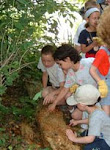.jpg)














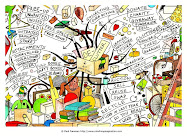






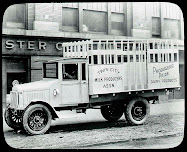





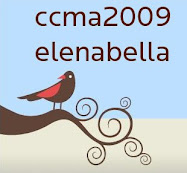




























































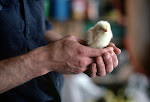
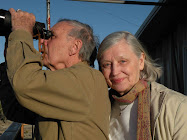
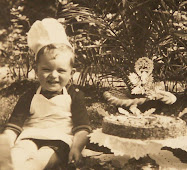














































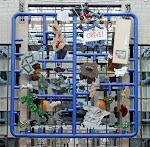.jpg)








